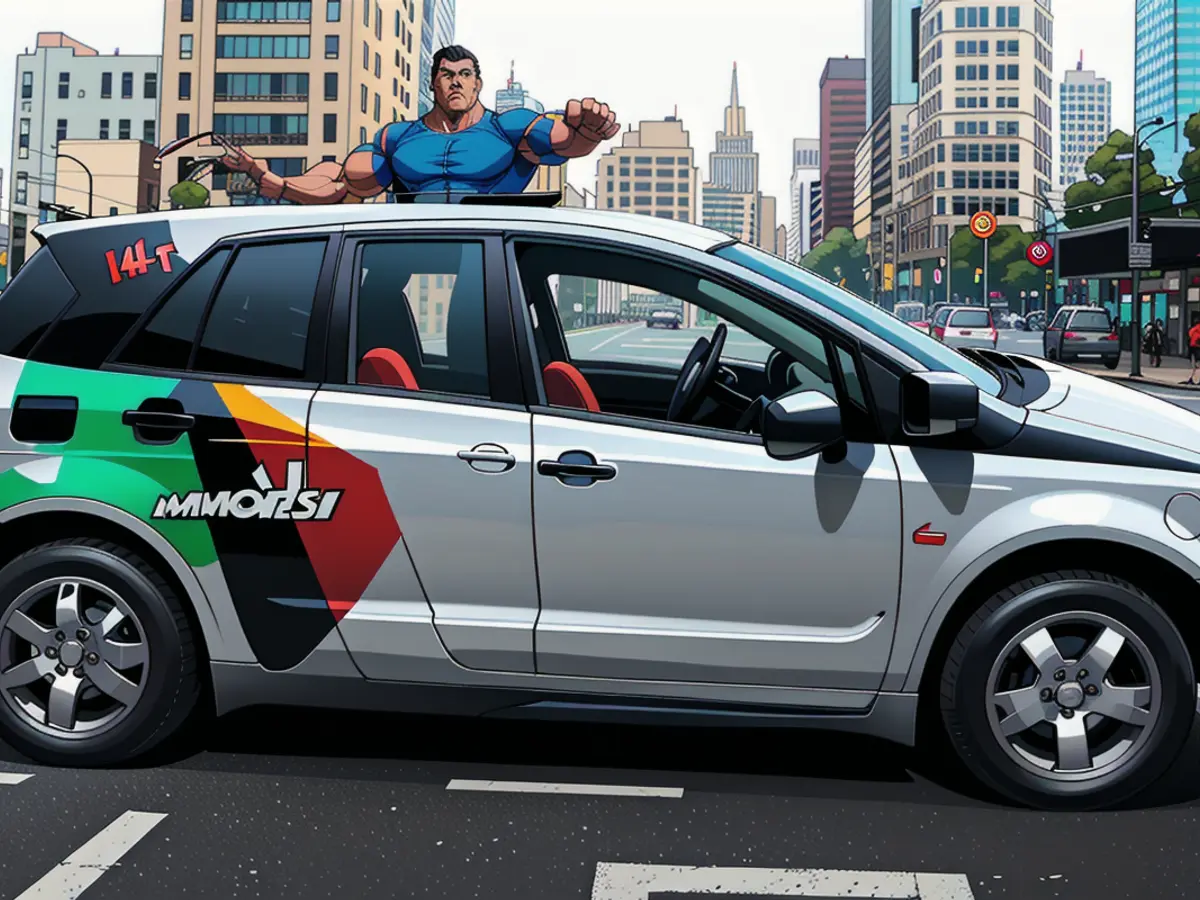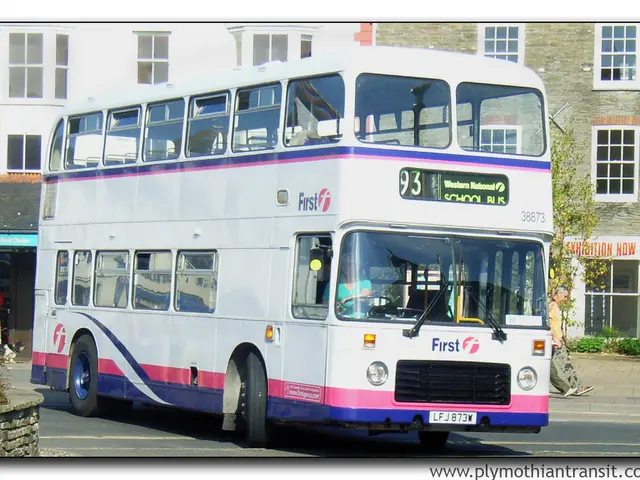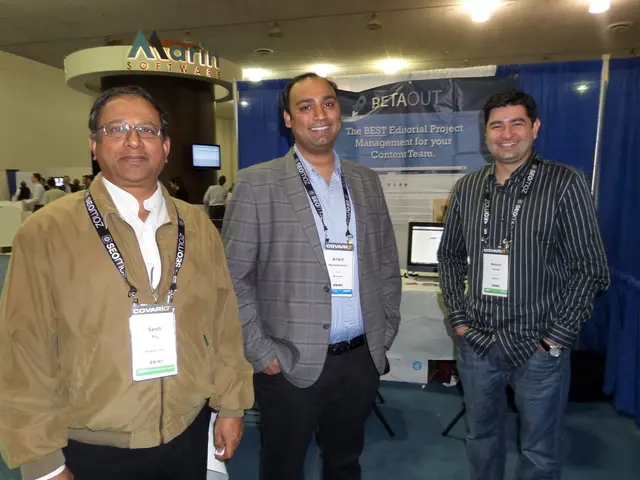Laying the Facts Straight: A San Francisco Tragedy and the Role of Autonomous Vehicles
City Bus Involved in Fatal Accident Claiming the Life of a San Francisco Resident Previously Attributed to a Robotaxi Incident
Recent tensions between San Francisco citizens and autonomous vehicles have peaked following an unfortunate incident. A few weeks ago, as emergency responders attempted to depart a chaotic scene where a man was critically injured, some Cruise robotaxis unexpectedly lingered, obstructing the ambulance's path. Tragically, the man didn't survive long after.
Initial reactions swiftly blamed the self-driving cars for the man's death, as resentment towards these vehicles has become palpable in the city since the state-level decision to release hundreds of autonomous vehicles onto Bay Area roads. The alleged hindrance by the autonomous vehicles during the emergency response seemed to confirm local residents' worst fears about the technology.
Media outlets then reported extensively on the incident, placing the blame squarely on the robotaxis. However, the picture is becoming increasingly complex. For one, city officials have since clarified that Cruise was not directly responsible for the man's death. Moreover, it has been revealed that the man was actually hit by a city bus initially, not the Cruise robotaxis. So while emergency responders did hold the self-driving cars accountable for delayed response times, it was a human-operated city vehicle that initially injured the victim.
The Truth Unveiled
According to the San Francisco Standard, the elderly victim, Sammy Davis, was a homeless man who tripped and fell behind a city bus on August 14th. Unbeknownst to the bus driver and passengers, Davis had been struck and severely injured. When emergency responders arrived on the scene, they found Davis and placed him on a stretcher. However, the scene was allegedly obstructed by Cruise's vehicles, causing a delay in leaving the scene—albeit a minimal one according to reports.
Initial Fire Department reports detailing the incident, which were obtained by Forbes via a public information request, expressed frustration over the role played by the self-driving cars. The memo reads: "The patient was packaged for transport with life-threatening injuries, but we were unable to leave the scene initially due to Cruise vehicles not moving..."
"This delay, no matter how minimal, contributed to a poor patient outcome...The fact that Cruise autonomous vehicles continue to block ingress and egress to critical 911 calls is unacceptable."
Cruise initially denied having any involvement in Davis's death, stating that only 90 seconds elapsed between the time Davis was put on a stretcher and the moment he left the scene.
City officials later issued a statement, clarifying that Cruise had not been formally blamed for Davis's death. "The San Francisco Fire Chief has not attributed this pedestrian death to Cruise AVs," a joint statement by the Fire Chief and the city's Municipal Transportation Agency reads. The statement goes on to acknowledge the role of press reports that relied "on an internal report from an SFFD staff member on the scene" as contributing to the misperception that Cruise was responsible for the man's death. "The city sends our deepest condolences to [the] family and friends of the victim," the statement concludes.
The San Francisco Robotaxi Revolution
Though the exact role of Cruise's vehicles in the unfortunate incident may still be unclear, the city of San Francisco seems to be bracing for a period of upheaval as it serves as a testing ground for the autonomous driving industry's robotaxi experiment. Understandably, local residents are growing increasingly irritated—if not downright anxious—with the arrival of this experimental technology that has the potential to congest traffic and cause accidents. Furthermore, the relationship between the city's public safety officials and the robotaxi industry shows no signs of improving, with city officials expressing profound doubts about the safety and feasibility of the technology. Only time will tell whether these concerns are ultimately justified.
UPDATE: This story initially reported that the public safety report had been leaked to Forbes. It has been clarified that the documents were actually acquired via a public information request. We apologize for any confusion caused.
- The recent San Francisco tragedy involving an elderly man and an autonomous vehicle has raised further concerns about the safety and feasibility of technology like robotaxis in the future.
- City officials, despite initial reports suggesting Cruise was responsible for the man's death, have since clarified that they have not formally blamed the company for the unfortunate incident.
- Unbeknownst to many, the man, Sammy Davis, was initially struck by a city bus, not a robotaxi, as previously alleged.
- Despite ongoing investigations, local residents and public safety officials remain alarmed and anxious about the prospect of robotaxis contributing to increased traffic and potential accidents, potentially leading to more congestion in the city.








